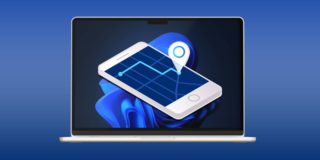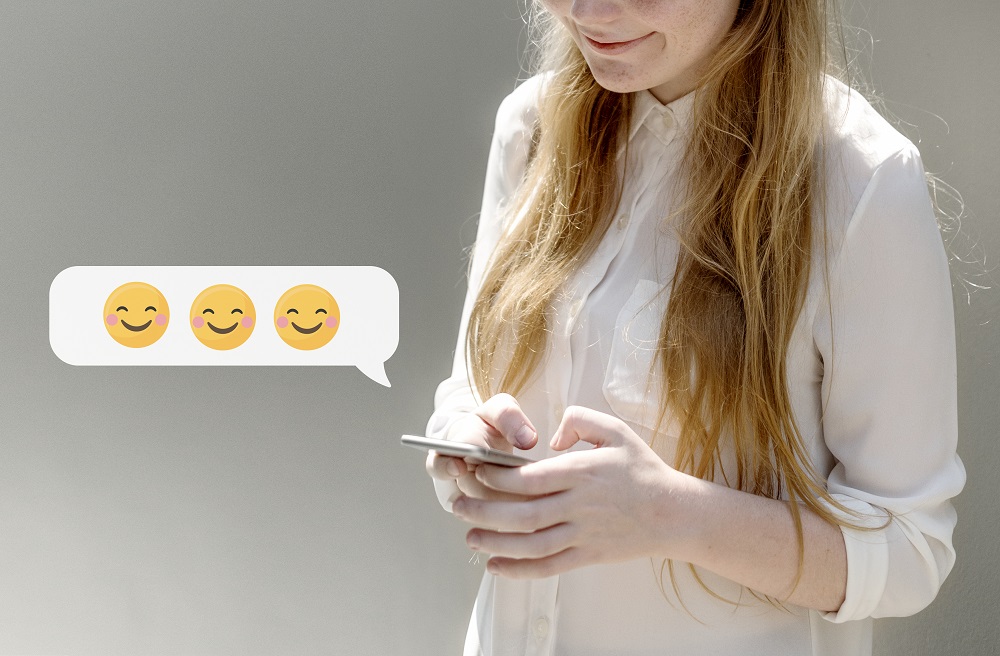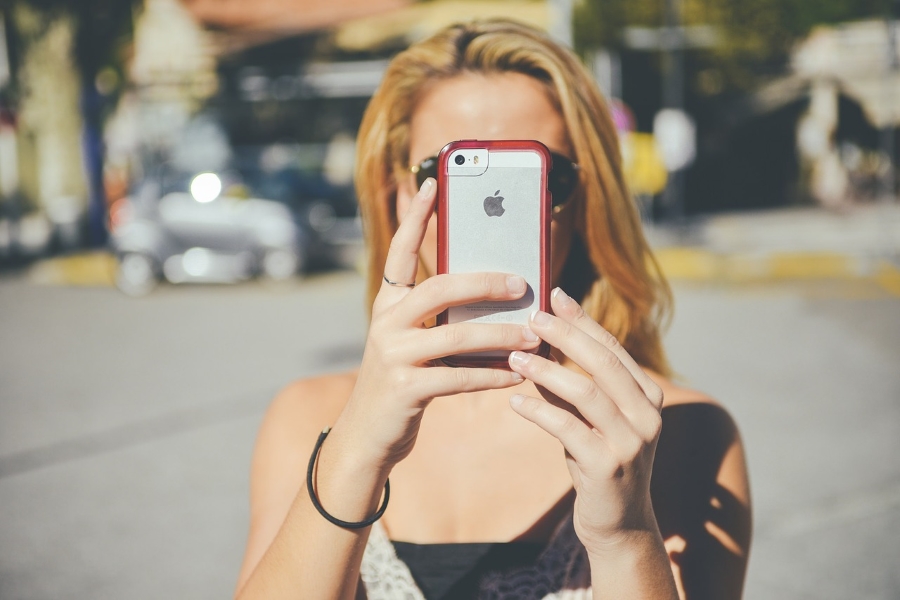iPhone Charging Slowly – Here’s What to Do
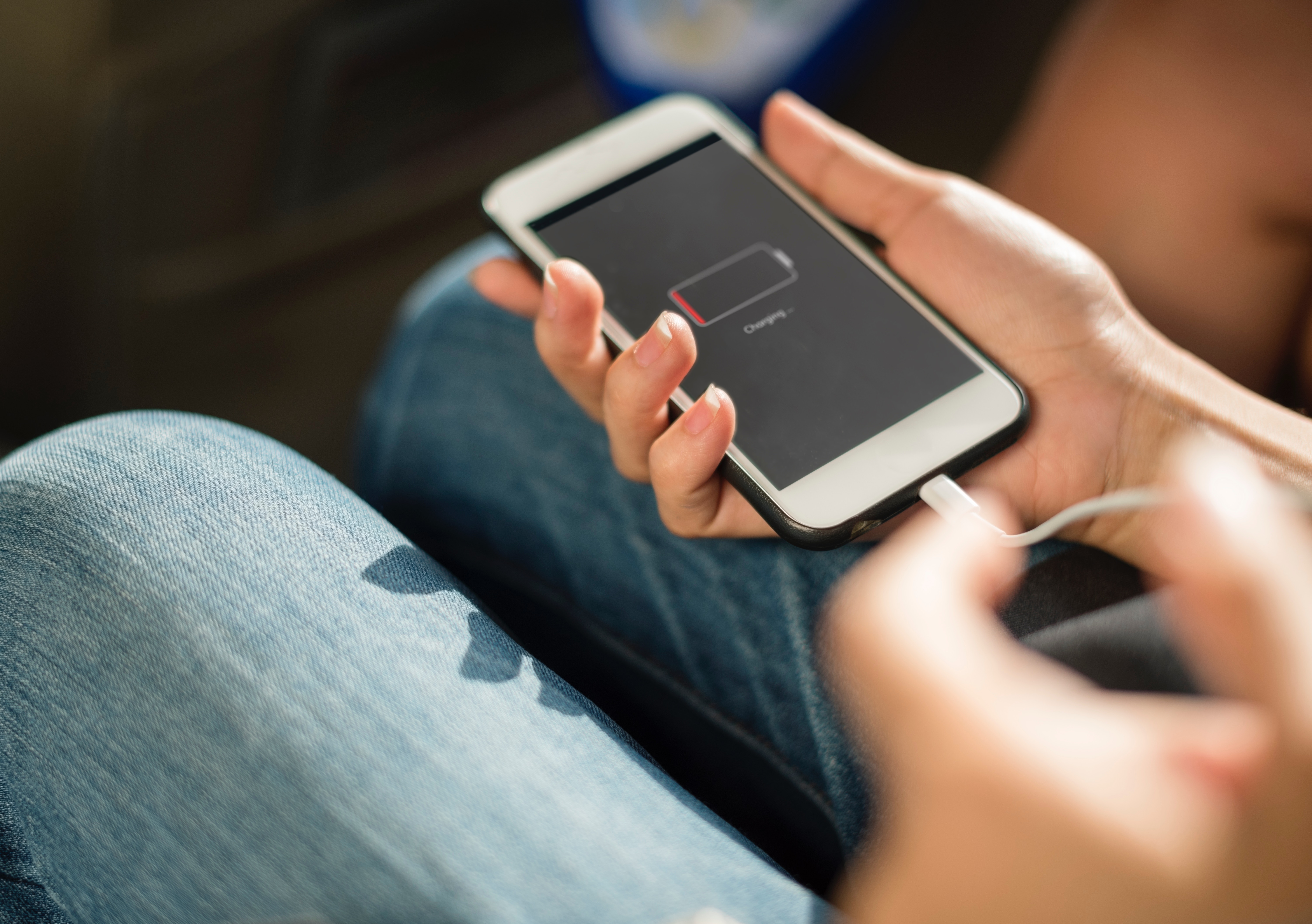
Since smartphones became wildly available and popular, we’ve all been struggling with having to charge them almost on a daily basis. iPhones are particularly problematic in terms of energy efficiency, but things get even worse when it comes to charging them.
Both the iPhone and the iPad have very specific limitations for their chargers which don’t exactly work to the advantage of the users. Here are a few things that you may not know what determines the charging speed as well as some simple fixes you can perform on your own.
Increase the Amperage
More often than not, a low amperage charging source is the reason why your iPhone takes forever to charge. Although all iPhones work with 5-volt chargers, the amperage on those chargers can be quite varied.
The more amperage it has, the faster the battery recharges. This is why it’s important to read the specs if you’re getting an aftermarket phone charger.
However, be aware that iPhones can’t handle too much in terms of amperage. Apple advises users to never use a charger that has more than 2.1 amps. While this number may be considered low by other device’s standards, it is the highest value safely supported by iPhones and iPads.
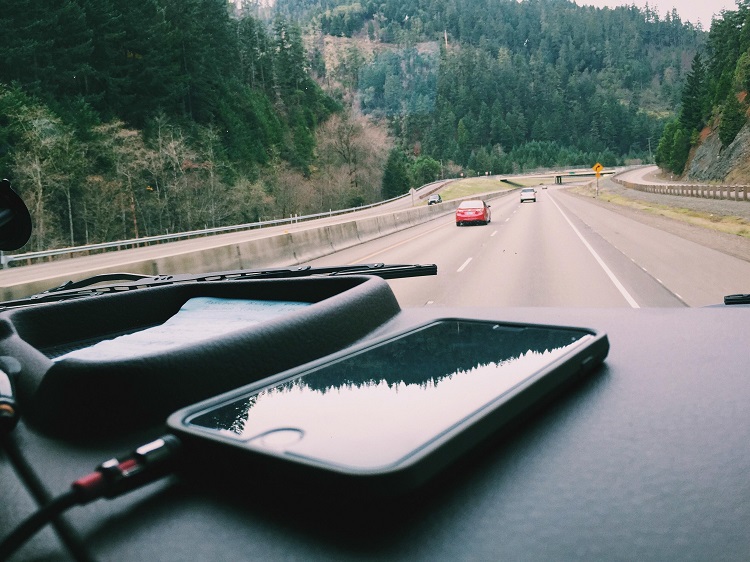
Clean the Port
Another reason why your iPhone may take a long time to fully charge is a dusty or filthy charging port. There’s plenty of debris that can get stuck inside the port. This may cause one or more pins to become obstructed and limit the power intake.
Seeing as the charging cable of an iPhone comes with 8 pins, it’s important to constantly clean them to ensure you get maximum efficiency each time. Using a can of compressed air or a vacuum cleaner should be more than enough to remove any gunk from the port.
Alternatively, you may use a static brush. This tool is used in most Apple stores. If you can’t afford one, a new toothbrush will generally have the same effect. Regardless of which brush you use, you should be gentle in your approach.
Despite the pins not being as sensitive as those found on SATA cables, they’re still easy to bend or break. After you clean the port, try charging the phone again to see if there’s any difference. If there is none, you may need a more thorough cleaning, or you may need to check the cable for damage.
Inspecting the Cable
If something happens to the cable like wear and tear on the inside, you may still be able to use it to charge your iPhone. However, the energy transfer will likely be very slow, somewhat similar to using a low amperage charger. To fix this, you will probably have to just change the cable for a new one.
Try Different Chargers
Another thing worth keeping in mind is that not all chargers are equal in performance even when they have the same technical specs. Paying a bit extra for a premium 2.1 amp charger may yield better results in charging times than if you were to use a cheap 2.1 amp charger from an unknown brand.
Another way to test the quality of a charger is by checking to see how hot it gets. Even at the maximum supported amperage, an iPhone charger shouldn’t overheat easily. If it does, it’s a good indication that the energy transfer isn’t optimal and that the charger may not last a long time.
Beware of Low Amperage
There are some situations you may want to avoid if you want to charge your iPhone fast. For example, a car charger almost always tops out at 500mAh or half an amp. So if you’re looking for optimal performance on the road, make sure to get yourself an aftermarket aluminum car charger that has at least 1 amp.
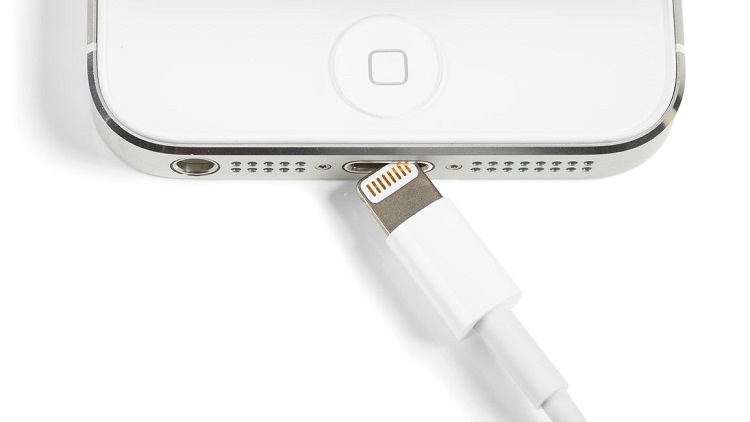
Software Matters, Too
Often underestimated is the impact that the software has on the charging process. It’s not uncommon that faulty software is the reason why your iPhone isn’t charging fast enough.
Needless to say, trying to optimize your iPhone’s charging times by purchasing cleaning tools, new cables, or new chargers can get quite expensive. Performing a Device Firmware Update (DFU) restore might be an extreme measure, but it’s also the best and most complex restore you can do to your iPhone. What’s more, it is the only way to be sure that there’s no underlying system issue that’s preventing your iPhone from charging fast.
Final Thought
There are multiple factors that may affect the charging speed of an iPhone. Luckily for users, finding out what’s causing the slow charging process is rather easy, whether it’s a hardware or software issue. Even a DFU restore can be done without the help of an Apple tech, but you may have to search for a detailed online guide.




